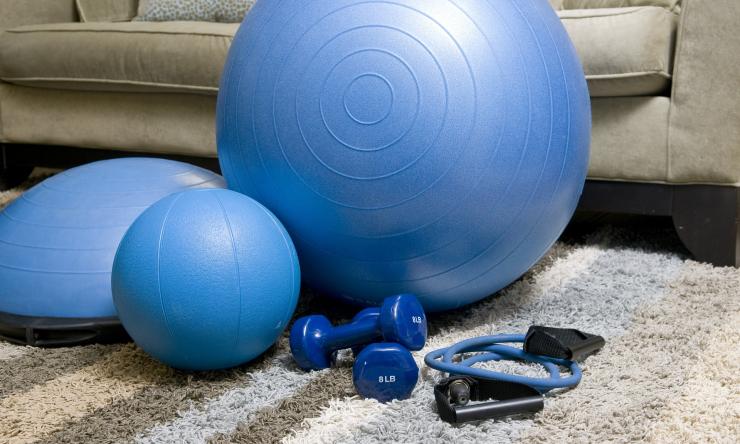Ease seasonal affective disorder with exercise routine
As the days start getting shorter and darker, people might feel impacted by seasonal affective disorder (SAD). The downturn in mood that happens with the change in light is likely associated with decreased levels of neurotransmitters, such as serotonin and dopamine, in the body. If you are affected by SAD, it is important to continue your exercise routine as exercise boosts mood. A Baylor College of Medicine expert explains how to alternate your workout routine during the darker months.
“With seasonal affective disorder, it is desirable to continue to exercise or maybe even increase your exercise,” said Dr. James McDeavitt, professor of physical medicine and rehabilitation and executive vice president and dean of clinical affairs at Baylor. “Relatively sustained aerobic exercise effects mood positively, but you don’t just have to run or do aerobics – you can do things like yoga, tai chi or meditation, which help with symptoms of depression.”
Exercising outdoors
If you enjoy running or doing other workouts outdoors, you can still do so safely before sunrise or after sunset as long as you make yourself visible. McDeavitt recommends wearing reflective clothing as well as a blinking light that can clip on your clothes or shoes. He also suggests leaving your earbuds at home and listening to the environment and your surroundings.
“There is a balance. Find somewhere isolated enough to be protected from traffic while also making sure enough people are around you to feel safe. You can also carry personal protection with you,” he said.
Try to find a predictable running surface, such as a track or well-paved road, to avoid injury while running in low-light conditions.
Exercising indoors
Incorporate resistance training into your exercise routine at home by using dumbbells or resistance bands. You can duplicate most resistance exercises solely with elastic resistance bands. Other bodyweight workouts that can be done at ease at home include pushups, planks and squats. If you have the resources, you can purchase an aerobic device for the home, such as a stationary bike or treadmill.
“There is value to seasonally maintaining your routine. Even if you regularly run outdoors in the spring and have to move indoors for the winter, don’t blow off your workout,” McDeavitt said.
He also recommends including a mindfulness component in your workout, such as engaging in a stretching program a few times a week or doing yoga or tai chi.
“There are things you can do indoors that not only give you physical benefits, but emotional benefits as well,” he said.
It takes about three months of consistently doing an activity to develop a habit. When you stop the activity, you likely extinguish the habit faster than you built it. It is crucial to maintain an exercise habit by blocking out some time for it daily.
“You experience low serotonin and dopamine levels in SAD, depression or other conditions, but there is a benefit to boosting neurotransmitter levels through exercise,” McDeavitt said.
If you experience symptoms of depression, seasonal or not, speak to your primary care provider and seek help. Dialing 988 across the United States will connect you to the Suicide & Crisis Hotline, providing confidential support for those in distress.










